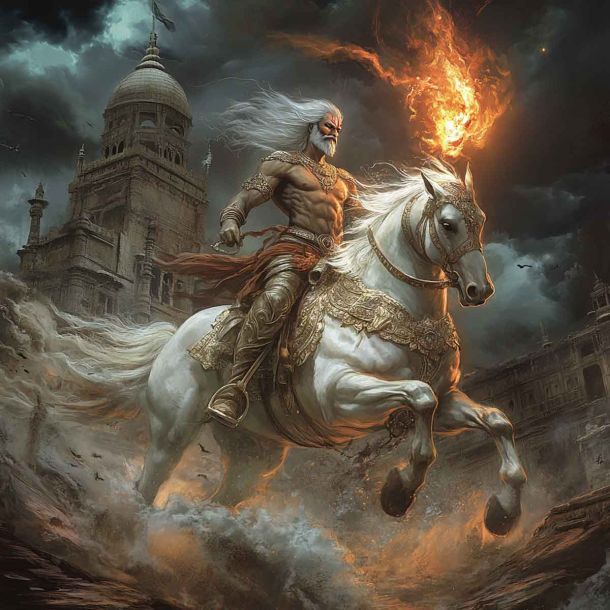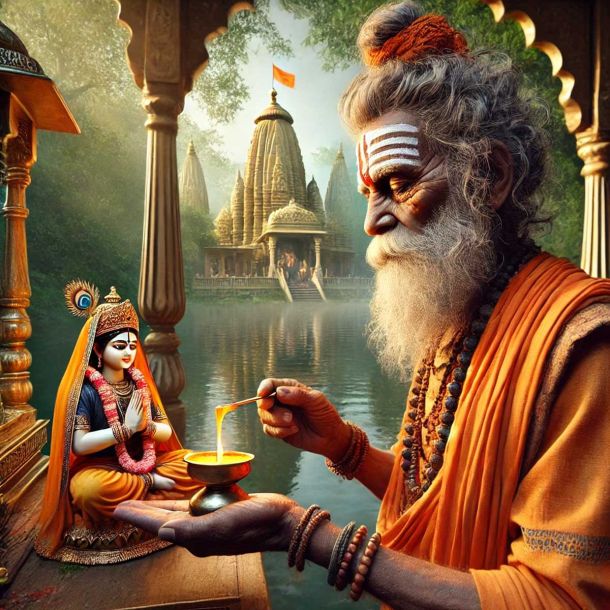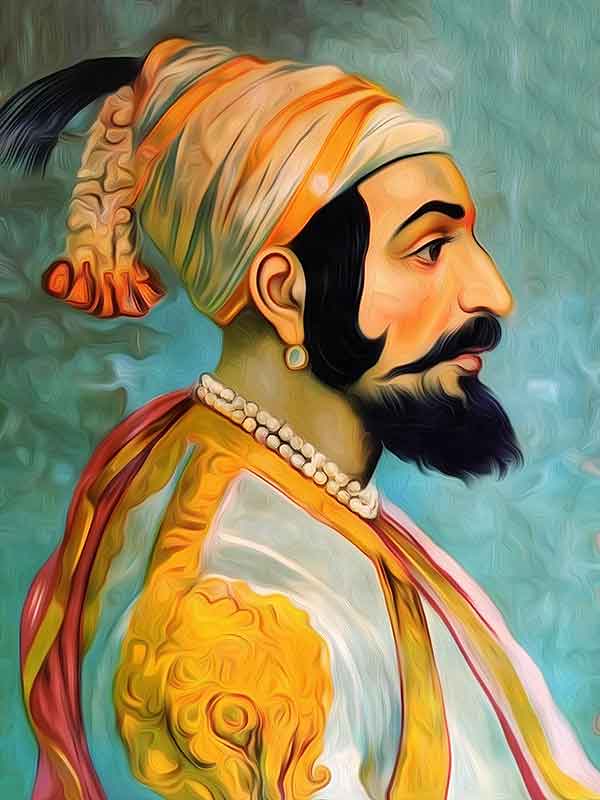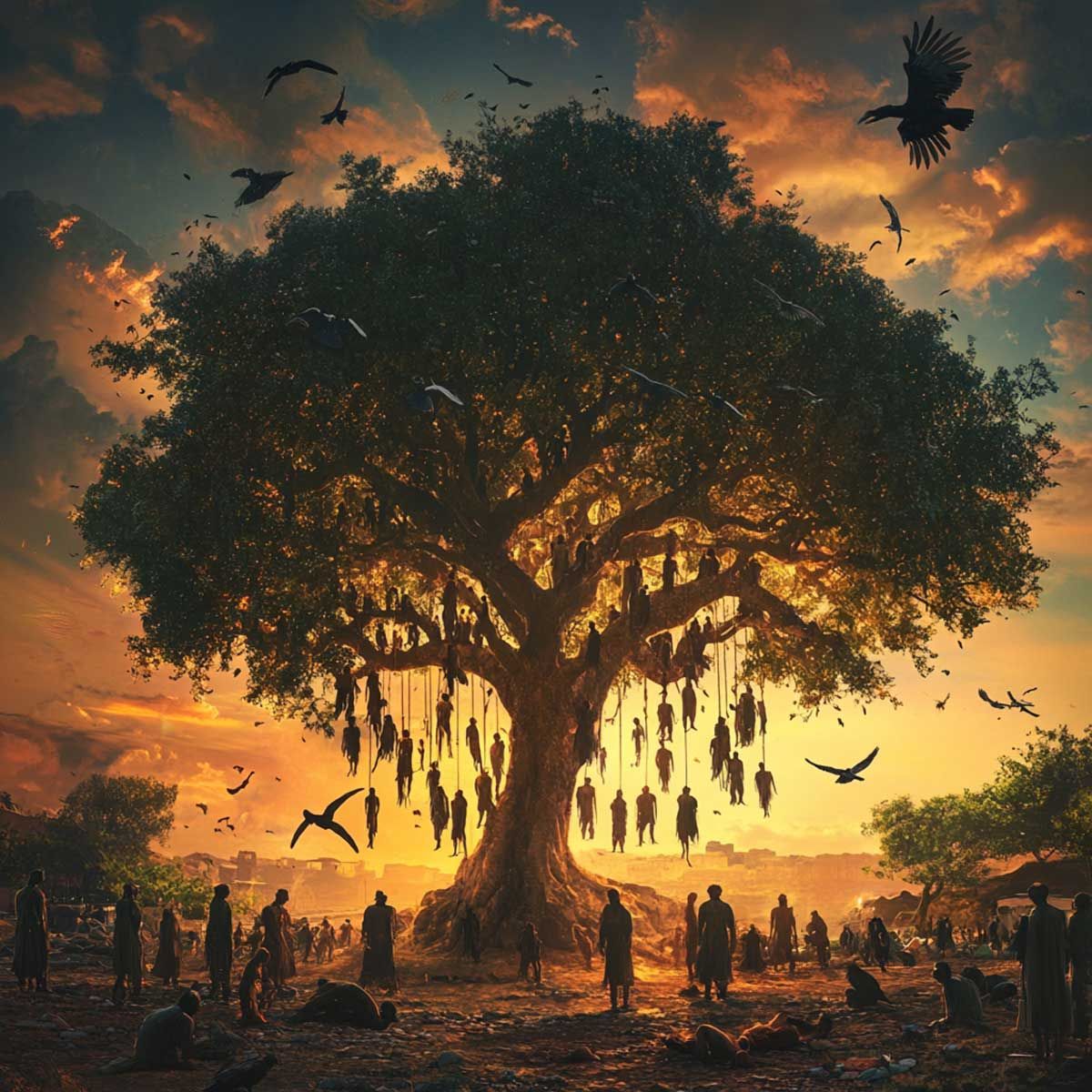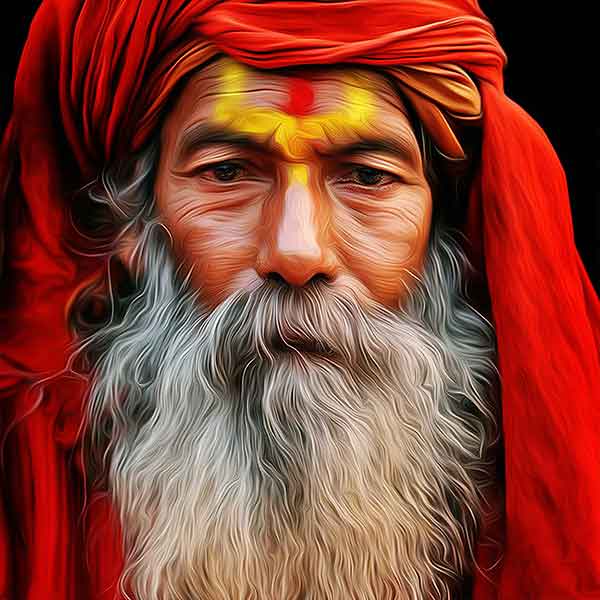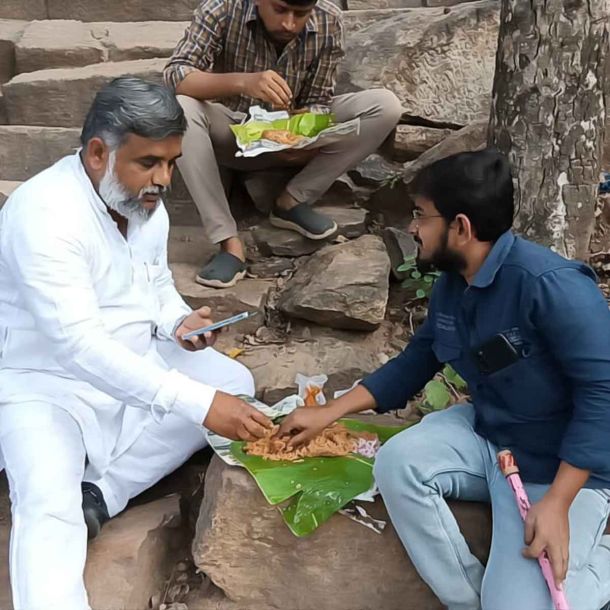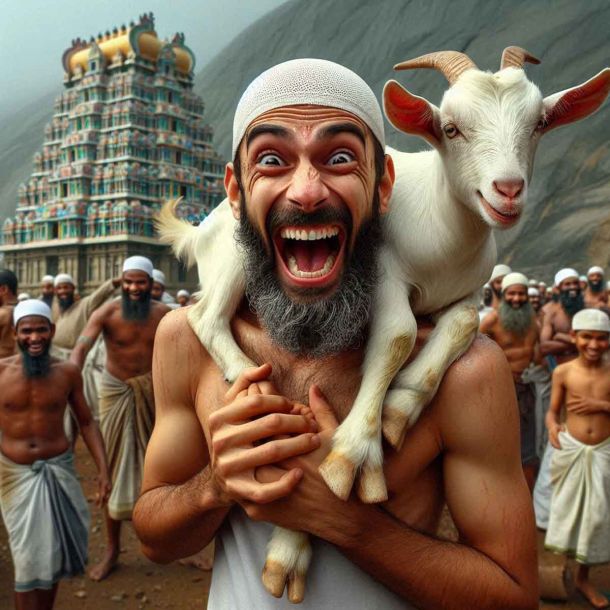More Coverage
Twitter Coverage
Satyaagrah
Written on
Satyaagrah
Written on
Satyaagrah
Written on
Satyaagrah
Written on
Satyaagrah
Written on
Join Satyaagrah Social Media
The Often Misunderstood Icon - The Real Meaning of the Shiva's Linga Symbol

While going through some research work, I came across an article by scroll.in mentioning about a new book asking "Why is Shiva represented by a sexual symbol". Last paragraph of the article says:
Any attempt to seek “true” meaning behind the sexual imagery may be seen as an exercise in prudishness. Hindus have long been embarrassed by Shiva’s phallic representation. For centuries it has been used to make people defensive and apologetic. Society has always been uncomfortable with sex, terrified by its primal nature. This book can be seen as yet another effort to shy away from the obvious. Maybe it is. Or maybe it is a chance to discover a deeper meaning in a manner not explored before.
Shiva Linga is also known as the lingam, ling, Shiv ling. It represents the most important Hindu deity, Lord Shiva which is placed in the temples to worship. Shiva Lingam is worshipped by the Hindu devotees as a symbol of energy and potential of God. Shiva linga is considered by the people as Shiva himself. Shiva lingam is always represented with the yoni which is a symbol of Mata Shakti (means female creative energy). It symbolise the unique indivisible power of the male and female means lingam and yoni which originates all the lives.
It is considered that Shiva linga has neither any beginning nor any end and everything in this world would become intermingled into one and form a formless shape. Means a lingam indicates it is a sign of emergence and mergence of anything. A lingam of Amarnath is very famous all over the world and more than thousands of devotees come annually to have a view of it. It is formed every year in the winter season by the ice of the western Himalayas thus called ice lingam. During winter ice drips on the floor of cave and takes a form of stalagmite after freezing. A big crowd of the devotees from every corner of the world come here to worship.
There is another Shiva ling shaped mountain of 6543 m height found in the Garhwal region of Himalayas in Uttarakhand. This pyramid is made up of Gangotri Glacier and completely resembles to Shiva linga. It is a traditional Hindu pilgrimage where people go every year to worship
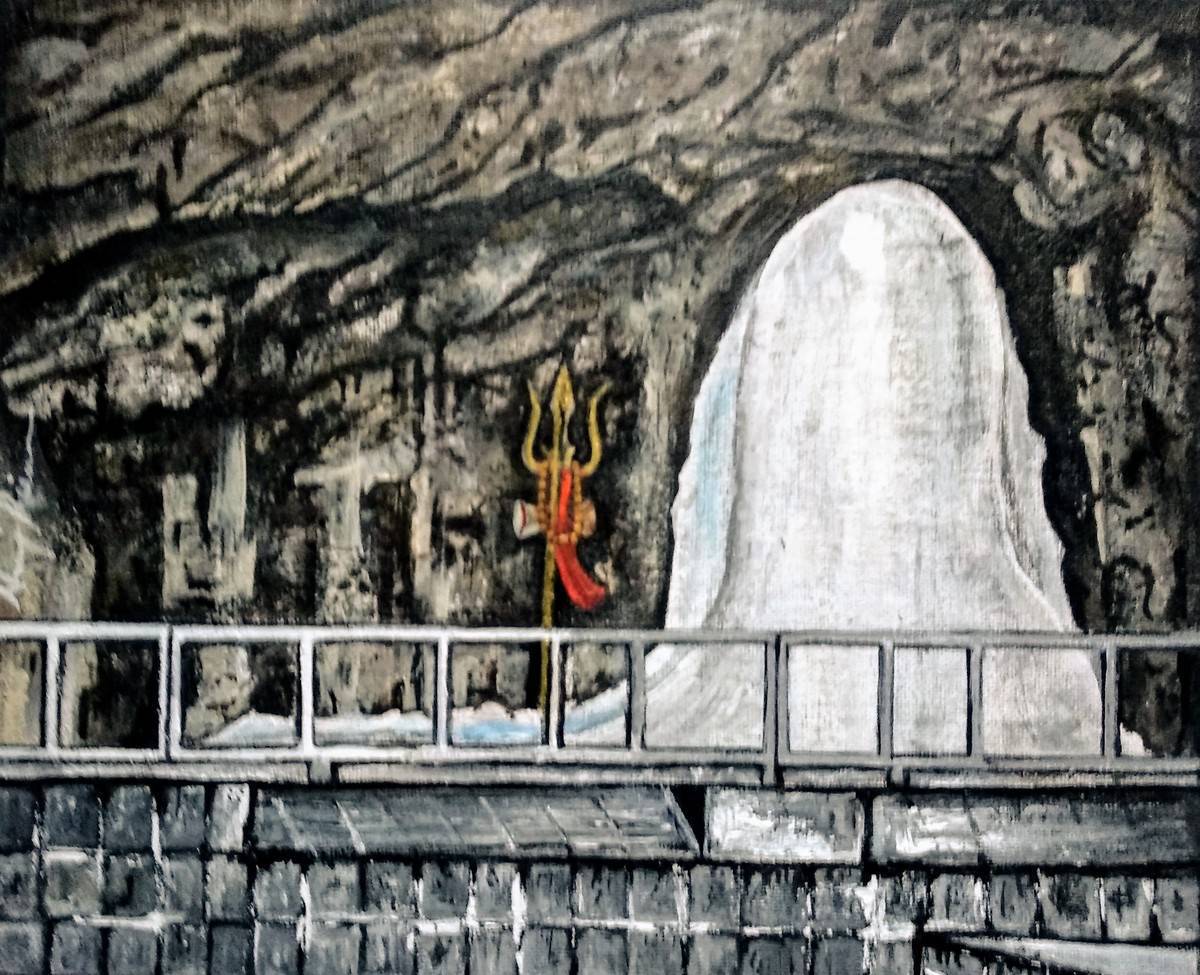 |
What Shiva Lingam Means
The origin of the lingam has been described in the Hindu scripture of Shiva Purana in its first section of Vidyeshwar Samhita. Shiva-linga has been described as beginning-less and endless cosmic pillar (means Stambha) of the fire which is originally a cause of all causes. It never has any ending and beginning. It (Lingodbhava) symbolises the superiority over all gods such as Brahma (God of origin) and Vishnu (God of wellness). According to the Linga Purana, it is symbolises as the cosmic pillar means an infinite nature of Shiva. It is the representation of a tasteless, formless and smell less Universe Bearer. It is the oval shape structure resembling the whole Universe and its bottom resembling the base of Supreme Power which hold the entire Universe.
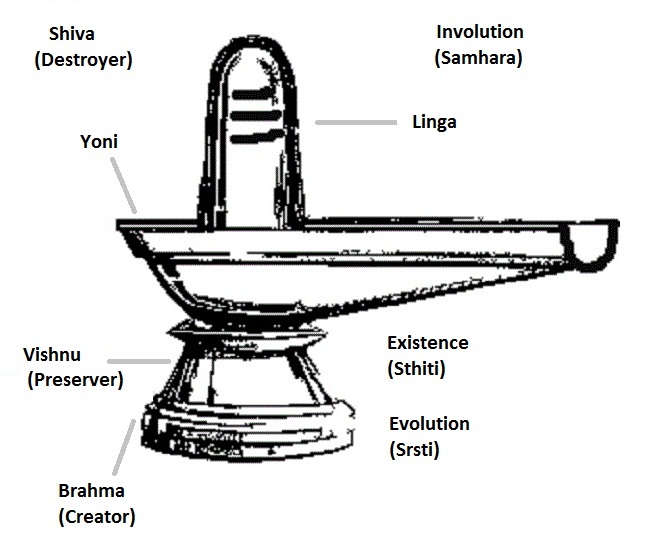 Shiva linga meaning |
According to the Skanda Purana it is described as “The endless sky (that great void which contains the entire universe) is the Linga, the Earth is its base. At the end of time the entire universe and all the Gods finally merge in the Linga itself.” According to the yogic lore it is described as “first form to arise when creation occurs, and also the last form before the dissolution of creation”.
The meaning of Shiva Ling varies according to the uses, marks, signs and characteristic to gender. Some of the meanings are given as:
- It is a mark, token, sign, an emblem, a badge, symbol, distinguishing mark and characteristic.
- It is an unreal mark, an appearance, disguise, a deceptive symbol.
- It is a proof or evidence, sign of gender or sex and male organ of generation.
- It is a genital organ of the Lord Siva (means phallus) or an image of a god means an idol.
- It is a subtle frame or body and indestructible form of visible body.
- It is a creator and destructor of the universe.
Types of Lingas
Shiva lingas are divided into many types according to the materials used to make it such as sandalwood paste, river clay, wood, stones, white marbles, precious gems, metal, mercury, gold, silver, etc. There is a exact proportions decided to make height, width, and curvature of the Shiva ling. Some type of Shiva lingam are mukhalinga (one face from five carved on sides and top), lingodbhavamurti (a linga emerging out from fiery linga), linga with a cobra on top, svayambhuva (means self-originated linga) directly made from light, Sphatika-linga (made up of quartz), etc. Around 70 lingas are worshipped throughout the world and have become the places of pilgrimage.
Black Shiva Linga
Black Shiva Lingam is considered as holy and sacred form and it contains highly protective energies. Earlier it was limited to the Temples only however recently it is found in the individual home temples by the devotees. It is stone made egg-shaped cryptocrystalline formed lingam (a only stone found in Narmada River, Onkar Mandhata). This lingam helps in resonating energies of all elements like water, earth, fire, air, and stone. Worshiping this lingam helps in charging the chakra system, activate kundalini energies, boost body vitality, promote inner transformation positively, show path to new life, enhance feeling of unity and even, increase healing properties as well as helps in treating impotence and infertility by strengthening and balancing the whole body.
White Marble Shiva Linga
This type of lingam is made up of white marbles and very beneficial for the people having suicidal tendency. Worshiping this lingam changes the mind positively and prevents from the suicidal attempt by removing negative thoughts. It is of great importance for the devotees and use for meditation purpose, avoiding suicide thoughts, removing negative thoughts and improving concentration level.
Parad Shiva Linga
Parad Shiva linga is of great importance for the Hindu devotees and worshipped with complete process, belief and devotion. It is worshiped to be strong physically, mentally, spiritually, and psychologically as well as get protected from the natural calamities, evil power, disaster, and other bad effects. It is worshipped to get prosperity and positive strength as well as occurrence of Lakshmi.
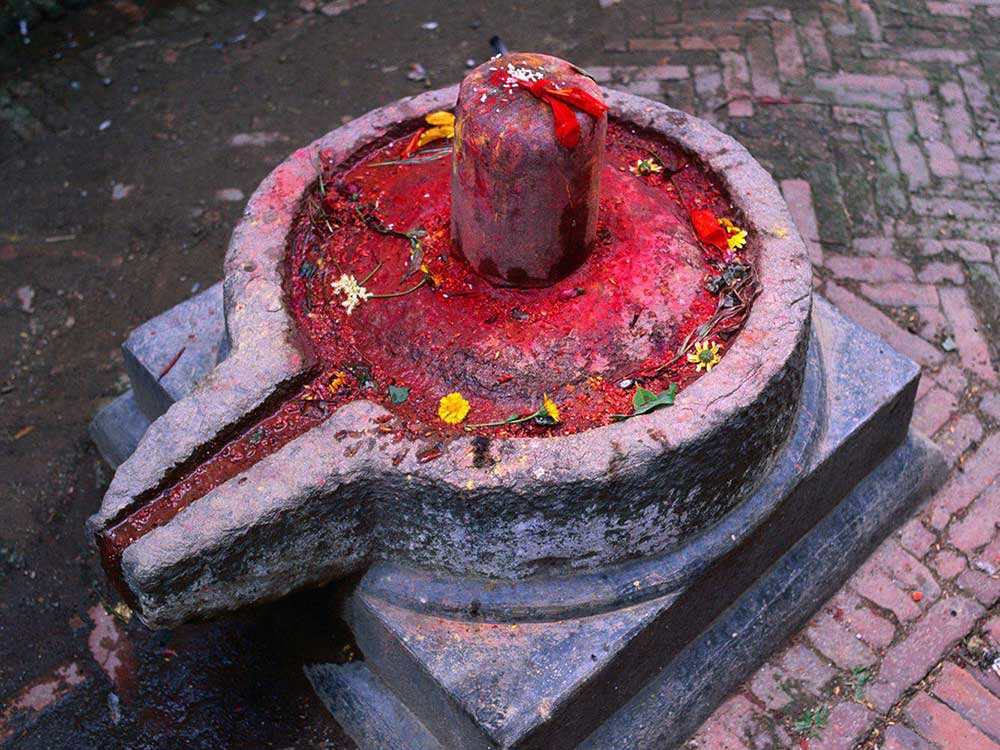 |
History and Origin of Shiva Linga
It is believed that the origin of Linga and Linga-worship is an ancient characteristic of the indigenous Indian Hindu religion. According to the hymn in the Atharvaveda, it is praises as a pillar means stambha which was the most possible origin of linga worship. It is also described the beginning less and endless form of the Stambha or Skambha. The origin of the linga is also described in the Linga Purana in expanded form of stories and glory of great Stambha or supreme nature. According to the Shaiva Siddhanta, it is described as an ideal substrate which a worshipper installs and worships a five faced and ten armed Lord Shiva means Sadasiva. Around 1008 Lingas have been engraved on the bank of Tungabhadra River, Hampi, India.
A most ancient lingam which is worshipped by the devotees is in Gudimallam which is a phallic object and designed with figure of Shiva in front of the lingam. It is also means differently in to the Buddhism and most notably a penis image used in the teaching of Drukpa Kunley (a Buddhist monk). Worshipping the lingam has been criticized by the British missionary William Ward. It is also considered that it is a representation of human organ which is worshipped to arouse erotic emotions in the devotees.
It was practiced as Jivanta-linga-puja means worshipping a living lingam by the Ramakrishna. Swami Vivekananda (the follower of Ramakrishna) had argued about Shiva-Linga origin of Yupa-Stambha or Skambha. Origin of Shalagrama-Shila and Linga to phallicism was traced by the German Orientalist. However, Vivekananda had explained the origin of Shalagrama-Shila as a phallic emblem as an imaginary invention. The representation of linga as a phallus was taken as mistake by the Swami Sivananda.
Legend and Story of Shiva Linga
According to the puranas – the Kurma Purana, the Vayu Purana and Shiva Purana, the legend of Shiva Linga or origin behind the linga (Lingodbhavamurthy) is related to the Mahashivaratri, a most significant festival of Hindu religion. It is the story of unsuccessful search of Brahma and Vishnu which was about to discover the Aadi (means beginning) and the Antha (means end) of the Lord Shiva before the beginning of universe generation. Finally they get confirmed about the supremacy of the Lord Mahadeva in the whole universe.
According to the Puranas, once two Hindu Gods (Brahma and Vishnu) were fighting each other to prove themselves powerful than other one. Then the Supreme God Shiva was asked to intervene by other Gods. He decided to make everything clear between them. He assumed to create a flaming Linga in between Brahma and Vishnu. He challenged both Gods to search the beginning and end of that flaming linga.
One of them goes upper side and other one goes downside in searching for the same as well as establishing their supremacy over each other. Lord Brahma took a swan from and went upwards whereas Lord Vishnu took a Varaha form and went downwards. After searching for thousands of miles without any result both became fed up and returned. Brahma made a false statement of Ketaki flower that he had seen the top. Suddenly, Lord Shiva appeared in his full glory from the central part of the pillar. He revealed the false statement of the Brahma in front of Vishnu, Soon, both of them accepted the supremacy of Lord Shiva. He explained that both of you mean Brahma and Vishnu was born out of him.
Lord Brahma was cursed by the Lord Shiva for his false claim that he would never be prayed by anyone. That’s why the temple of Brahma in India is hardly found. He also cursed the Ketaki flower for her wrong testifying and was banned forever to be used as an offering in any worship. It was 14th day of dark fortnight of Phalgun month when Lord Shiva appeared himself in the form of a Linga. The day was really an auspicious day for devotees which is still being celebrated as the Mahashivaratri (means the grand night of Lord Shiva). Shiva Linga is worshipped by the devotees on this festival with full belief and devotion in order to be blessed with happiness and prosperity.
 Dry Weather Reveals Amazing River With Thousands of Shiva Lingas |
Shiva Linga and Yoni
Shiva Linga is considered as the sacred and holy symbol of the Lord Shiva by his devotees. Shiva Linga is a round shape structure having elliptical and iconic image with a circular base or peetham (which represents Parashakti means manifesting power of God). Linga means a male reproductive organ and the base of it is believed as the Yoni means vagina (a female reproductive organ) which represent the process of copulation (means sexual intercourse). The worship of the Shiva Linga by the devotees is carried out from ancient time as a symbol of energy, creation and enlightenment. According to the Tantras and Puranas, it is considered the linga is arises from the yoni which indicates the origin of whole universe.
Shiva Linga Puja and Puja Process
Shiva Lingas are generally made us of stone, metal, mercury or other things like precious gems, wood, crystal, earth or transitory materials like ice. According to the some scholars, it is also made up of 12 different materials like rice, sand, river clay, cooked food, darbha grass, ashes, cow dung, butter, rudraksha seeds, sandalwood, a flower garland or molasses. Continuous mantra reciting of Om Namah Sivaya is very necessary while constructing the linga in order to make it holy and sacred.
The midnight time is considered as best and preferable time to worship Linga by reciting the mantra of Om Namah Sivaya (five crore times is highly fruitful). Sixteen services are considered necessary to be performed while worshipping the linga which are Asana (Seating), Padyam (means washing feet of God), Arghya (offering water for sipping), Snana (means body wash), Anulepana (means applying Ash to God body), Gandham (means offering lights), Naivedyam (means offering food, fruits, etc), Tambula (offering betel leaves and nuts), Paneeya (offering Gange water, coconut water), Vastram (offering clothing), Alankaram (decorating God body with Bilva leaves or flowers), Achamaniya (offering Ganga water to sip), Arati (offering camphor or ghee diya) and Mantra Pushpa (Chanting Vedic mantras or hymns).
The whole worships is considered to be completed and fruitful when performed on the bank of Holy Rivers (Ganga, Sindhu, Sarasvati, etc) or in the Temples located at bank of Gange, Yamuna, Godavari, Narmada, Kaveri, etc. That’s why worshipping Shiva Linga is highly beneficial at Sacred Places such as Badari, Kasi, Kedar, etc. Performing Shiva Linga puja at Cow-sheds, near to the Tulsi plant, sea shores, mountain top, etc is ten times more beneficial and fruitful. It is best to perform puja in Magha month, Kartik Month and every Krishna Chaturdasi days.
Significance of Shiva Lingam (Why We Worship Shiva Linga)
Shiva linga is spoken itself as Nature means Prakriti which marks the presence of formless Omnipotent Lord. It is a form of undying soul who indwells into our innermost self means Atman. According to the ancient scripture of Linga Purana, Linga do not has any form, smell, taste, colour, etc. It is a generative power of the Lord Shiva. It is like a cosmic egg means a “Brahmanda” which symbolise that Prakriti has been created by the power of male and the female. It also symbolises the “Satya”, “Jnana” and “Ananta” which means Truth, knowledge and Infinity.
Shiva Linga has its three parts named as the lowest one is called as Brahma-Pitha, the middle one is called as Vishnu-Pitha while uppermost one is called as Shiva-Pitha. There are 12 Holiest Shiva Lingas (called Jyotir-lingas) and 5 Pancha-bhuta Lingas are found all over the country. 12 Jyotir-lingas are named as Kedarnath, Mahakal, Somnath, Amaleshwar, Baijnath, Kashi Vishwanath, Rameswar, Bhimshankar, Mallikarjun, Nageshwar, Ghrusneswar and Tryambakeshwar whereas 5 Pancha-bhuta Lingas are named as Kalahastishwar, Arunachaleshwar, Ekambareshwar of Kanjivaram, Jambukeshwar and Nataraja of Chidambaram. Lord Mahalinga temple found in Tiruvidaimarudur is famous as the Madhyarjuna.
Especially Sphatika-linga (made up of quartz) is prescribed to deeply worshipping Lord Shiva. It is considered that worshipping linga blesses with lots of power because of the mysterious or indescribable power of the Shakti in the Linga. It also enhances the mind concentration level as well as helps in focusing at one place. That’s why ancient Indian sages worships linga and considered themselves pure devotee of the Lord Shiva.
Linga is not only a block of substance or stone or other things instead it is a medium to connect with God, raise mind and body consciousness, and helps to get attention on one place. Lord Rama itself had worshiped the Shiva Linga at the Rameshwaram and Ravana itself was a great devotee of the Linga and he worshiped a golden Linga for getting spiritual powers.
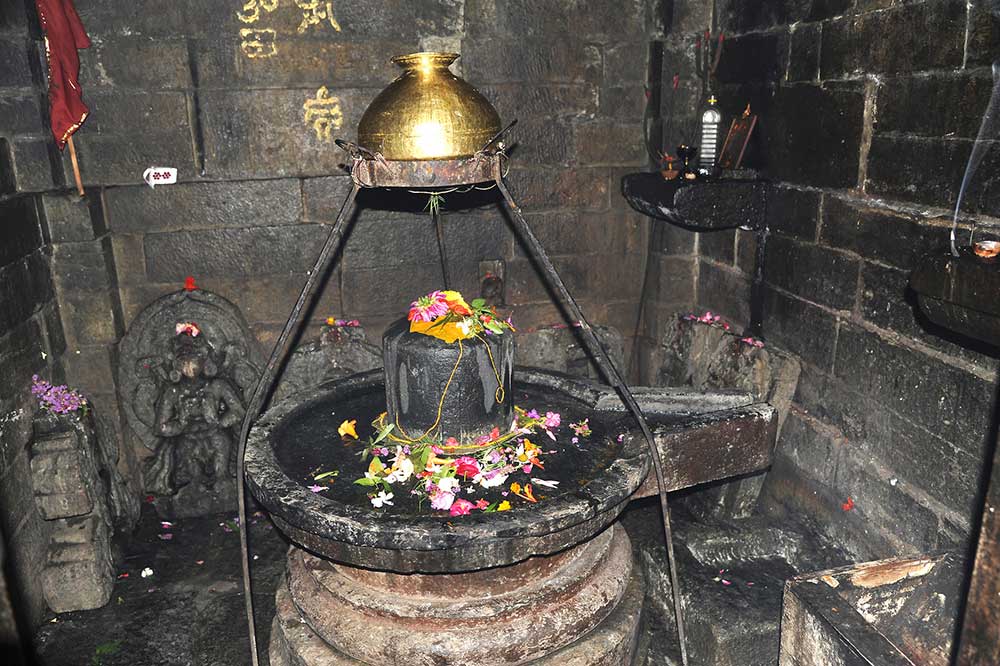 |
Summary and Conclusion
Shivling (also called Lingam, Shiva Linga) is one of the oldest forms of worship. The description is there in Vedas and Puranas. A certain sect called Lingayat is dedicated to the worship of Linga. Some people mistakenly consider Shivling to be Shiva’s penis.
To this there is an argument: "the meaning of penis is Shishna in Sanskrit and not Linga". However, this does not seem to be very convincing as the word 'Linga' can be found for penis in some Sanskrit Texts.
Also, if you notice - स्त्रीलिंग means female gender. Here Linga is a sign of denoting something. It is not 'Women's Penis'. Hindi and Sanskrit have lots and lots of synonyms. Same word could have different meanings and sometimes the same sentence can be interpreted differently by different people. This is the beauty of Sanskrit.
Foreign authors do a lot of research on Indian culture but not sure if they actually go through the ancient texts or compose their works just by meeting different sets of people. Some of the stories told by them and some of their comments look indecent.
See for example Hindu Manners, Customs and Ceremonies by Abbe J.A. Dubois, Page 631, “It is incredible, it is impossible to believe that inventing this vile superstition the religious teachers of India intended that the people should render direct worship to objects, the very names of which, among civilized nations, are an insult to decency”.
I think the readers should go through ancient religious texts first and then refer to the foreign authors. Shiva means auspiciousness in Sanskrit, so if Linga means symbol, meaning of Shivling is clear: The symbol of auspiciousness.
Reference:
Handbook of Hindu Mythology by George M Williams
Mahanarayana Upanishad by Swami Vimalananda
Hindu Manners, Customs and Ceremonies by Abbe J.A. Dubois
The Presence of Siva by Stella Kramrisch
Padma Purana by Dr. Vinay
https://en.wikipedia.org/wiki/Linga_Purana
https://en.wikipedia.org/wiki/Lingam
ramakrishnavivekananda.info
varanasi.org.in - Archana Singh
 Support Us
Support Us
Satyagraha was born from the heart of our land, with an undying aim to unveil the true essence of Bharat. It seeks to illuminate the hidden tales of our valiant freedom fighters and the rich chronicles that haven't yet sung their complete melody in the mainstream.
While platforms like NDTV and 'The Wire' effortlessly garner funds under the banner of safeguarding democracy, we at Satyagraha walk a different path. Our strength and resonance come from you. In this journey to weave a stronger Bharat, every little contribution amplifies our voice. Let's come together, contribute as you can, and champion the true spirit of our nation.
 |  |  |
| ICICI Bank of Satyaagrah | Razorpay Bank of Satyaagrah | PayPal Bank of Satyaagrah - For International Payments |
If all above doesn't work, then try the LINK below:
Please share the article on other platforms
DISCLAIMER: The author is solely responsible for the views expressed in this article. The author carries the responsibility for citing and/or licensing of images utilized within the text. The website also frequently uses non-commercial images for representational purposes only in line with the article. We are not responsible for the authenticity of such images. If some images have a copyright issue, we request the person/entity to contact us at satyaagrahindia@gmail.com and we will take the necessary actions to resolve the issue.
Related Articles
- Why Hindus not claiming their temples back from the Government control: Is pro-Hindu govt will always be in power
- Now Bharatwasi can see 3D visualization of Ram Mandir construction progress in detail through a video released by Shri Ram Janmabhoomi Teerth Kshetra Trust: Ayodhya
- PM Narendra Modi inaugurated the Statue of Equality of Sri Ramanujacharya and emphasized 'Progressiveness does not mean detaching from one’s roots and that there is no conflict between progressiveness and antiquity.'
- Mahakal Temple in Ujjain to get expanded complex with Rs 714 crore in such a way that there will be a feeling of grandeur and divinity: Another reason for devotees to celebrate after Kashi Vishwanath corridor
- ‘Lord Shiva helps creation sprout even from ruins, Humanity always wins over terrorism’: PM Modi launches key projects at Somnath
- Biggest Wonder of the World : Kitchen of Lord Shri Jagannath
- Yes, Secular India’s shift towards ‘Majoritarianism’ is very much real: So, just deal with it
- Culture And Heritage - Meenakshi Temple Madurai
- Lakshmi Narasimha Swamy Temple, Antarvedi, Andhra Pradesh
- Jagannath Temple administration issues clarification on proposed sale of temple lands
- Srikalahasti Temple, Dakshina Kailash
- Shri Murudeshwar Temple: Home To The World’s Second Tallest Shiva Statue
- Temple city Madurai grandly celebrated the Chithirai festival, devotees thronged streets, got darshan of deities Meenakshi, Sokkanathar, and Kallazhagar: “Govinda” “Hara Hara” chants reverberated in Madurai with pomp
- Surat residents play Hanuman Chalisa twice a day from temples, rooftops to get close to Dharma: The pushback begins
- PM to unveil the 'Statue of Equality' of 11th century Vaishnavite saint Ramanujacharya: World’s second-largest statue in sitting position in Hyderabad on the 40-acre sprawling premises

